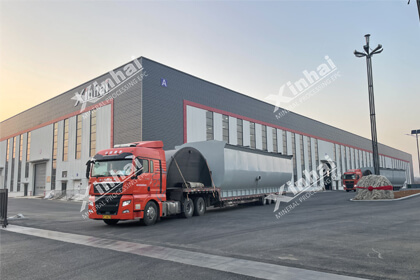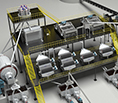What is the Method of Mining Antimony?
 Sheena
Sheena
 Jun 20, 2025
Jun 20, 2025
 1184
1184
If you want to know more details about equipment, solutions, etc, please click the button below for free consultation, or leave your requirements!
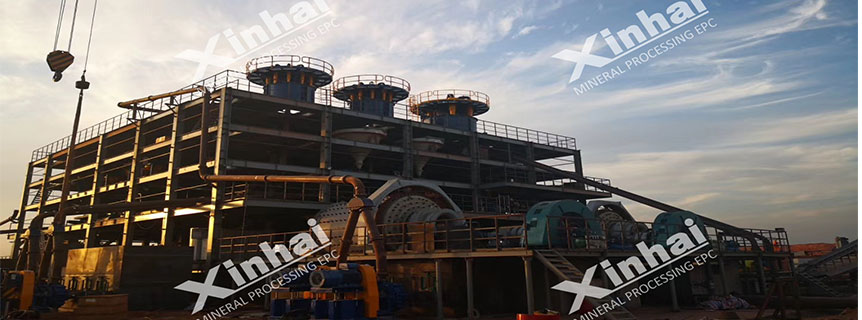
Antimony-gravity-processing
This article explores the primary methods of antimony mining, the processing technologies, major producing regions, and the environmental challenges associated with extracting this valuable resource.
01 Major Antimony Minerals and Ore Types
BackThe most important antimony-bearing minerals include:
Stibnite (Sb₂S₃): The main ore of antimony, soft and metallic gray.
Tetrahedrite: Contains antimony along with copper and silver.
Jamesonite and Valentinite: Secondary antimony minerals found in oxidized zones.
Antimony ores are generally classified as:
Sulphide ores: Contain stibnite and are processed via flotation.
Oxide ores: Found near the surface, requiring different techniques such as gravity separation or leaching.
02 Methods of Mining Antimony
BackThe method of mining antimony depends on the orebody depth, geometry, ore grade, and surrounding geology. The two primary mining methods are:
2.1 Underground Mining
Underground mining is the most common method used for antimony extraction, especially in areas where ore bodies lie deep beneath the surface.
Techniques Used:
Cut and Fill: This technique allows miners to extract ore in horizontal slices, filling the voids with waste rock or tailings.
Shrinkage Stoping: Used for steep ore bodies. Miners leave broken ore in the stope to provide a working platform.
Room and Pillar: Suitable for flat-lying ore, leaving pillars to support the mine roof.
Advantages:
Minimizes surface disruption.
Better suited for high-grade veins.
Challenges:
High capital and operational costs.
Ventilation and water inflow management are crucial.
2.2 Open-Pit Mining
Open-pit mining is used when the antimony ore is close to the surface or in a broad, shallow ore body.
Process Steps:
Stripping: Removal of overburden soil and rocks.
Drilling and Blasting: Breaking the ore and waste rock.
Excavation: Ore is loaded into trucks or conveyors.
Transport: Moved to processing plants or stockpiles.
Advantages:
Lower operating costs.
Easier ore control and high productivity.
Disadvantages:
Greater environmental impact.
Large land area requirement.
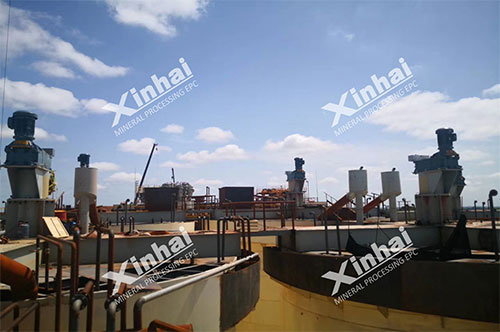
03 Antimony Ore Processing Techniques
BackOnce the ore is mined, it undergoes several beneficiation and metallurgical processes to increase antimony concentration.
3.1 Gravity Separation
This method is based on the difference in specific gravity between stibnite and waste rock.
Equipment Used:
Jigs
Shaking tables
Spiral concentrators
Best suited for: Coarse stibnite ores or oxide ores with high density.
3.2 Flotation
Flotation is the most widely used beneficiation method for stibnite-rich sulfide ores.
Steps:
Crushing and grinding the ore to fine particles.
Conditioning with flotation reagents (collectors, frothers).
Air bubbles carry antimony sulfide to the surface.
The froth is collected and dewatered.
Advantages:
High recovery rates for sulfide ores.
Suitable for low-grade ores.
3.3 Roasting and Leaching (for Oxide Ores)
For oxidized antimony ores:
Roasting: Converts antimony oxides to soluble antimony compounds.
Leaching: Involves chemicals like sodium sulfide or caustic soda to dissolve antimony.
Electrowinning or precipitation: Recovers metallic antimony or antimony trioxide.
04 Environmental Impact and Safety Concerns
BackAntimony mining can pose several environmental and health risks if not managed properly:
Common Issues:
Water contamination: Sulfide minerals can produce acid mine drainage.
Air pollution: Roasting releases sulfur dioxide and antimony fumes.
Tailings management: Tailings may contain toxic heavy metals.
Mitigation Strategies:
Tailings dams and water treatment facilities.
Dust suppression systems.
Enclosure and scrubbing of roasting units.
Strict environmental monitoring is essential to comply with global mining regulations and minimize ecological damage.
05 Investment Trends in Antimony Mining
BackDue to rising demand in green energy technologies and flame-retardant materials, investment in antimony mining is on the rise.
Key Trends:
Exploration Projects: Focused in politically stable and resource-rich regions.
Technological Upgrades: Shift to more efficient flotation and leaching technologies.
Recycling Initiatives: Recovering antimony from electronic waste and spent batteries.
Cost Considerations:
Small-scale mining plants: $5M–$15M investment.
Mid-scale operations: $20M–$50M depending on processing method.
Large-scale mining and processing: $100M+ with environmental safeguards.
06 Conclusion
BackAntimony mining is a complex yet vital process for the global supply chain of flame retardants, semiconductors, and energy storage. Whether through underground mining of rich stibnite veins or open-pit extraction of shallow ores, the chosen mining method depends on geology, ore grade, and economic factors. Downstream processing, primarily through flotation and gravity separation, plays a pivotal role in achieving high recovery rates.
With increasing emphasis on sustainability and supply chain security, antimony mining projects must prioritize environmental management and innovative processing technologies. As global demand grows, especially from battery and electronics sectors, understanding the methods of antimony mining is more crucial than ever for stakeholders across the industry.
 +86 183 3575 8886
+86 183 3575 8886 pinklaurabao@gmail.com
pinklaurabao@gmail.com



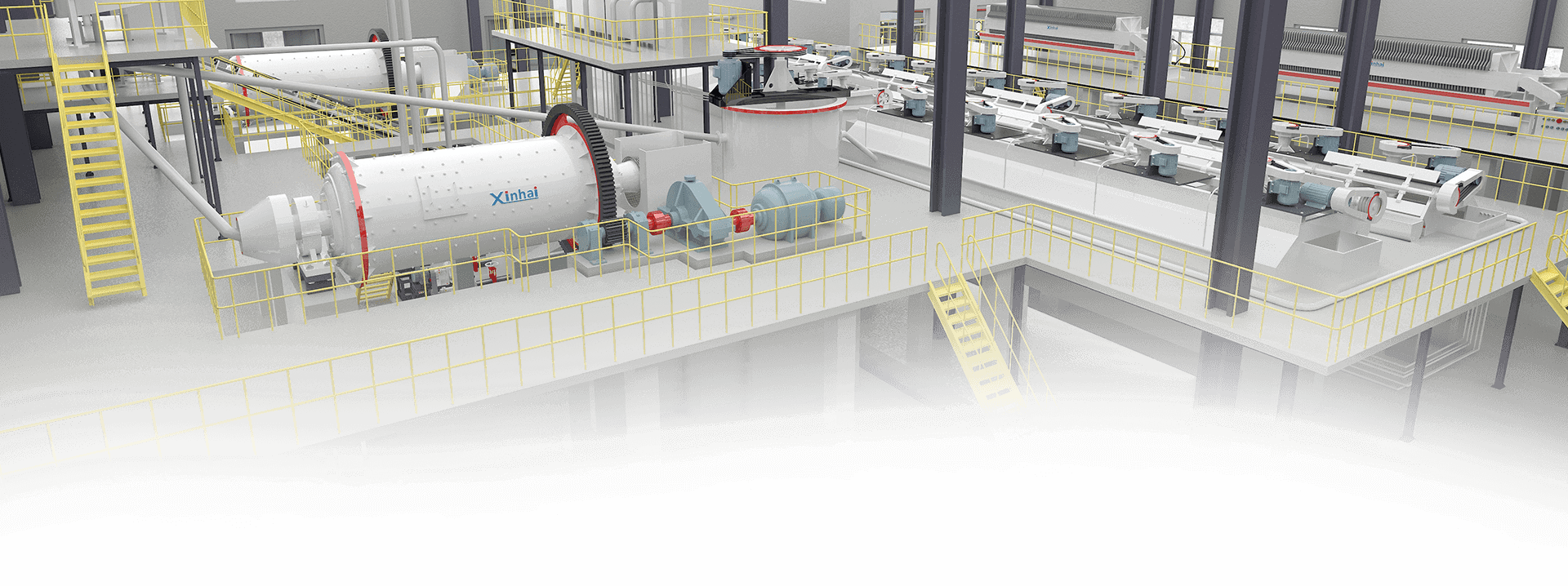
 Message
Message Chat Now
Chat Now


